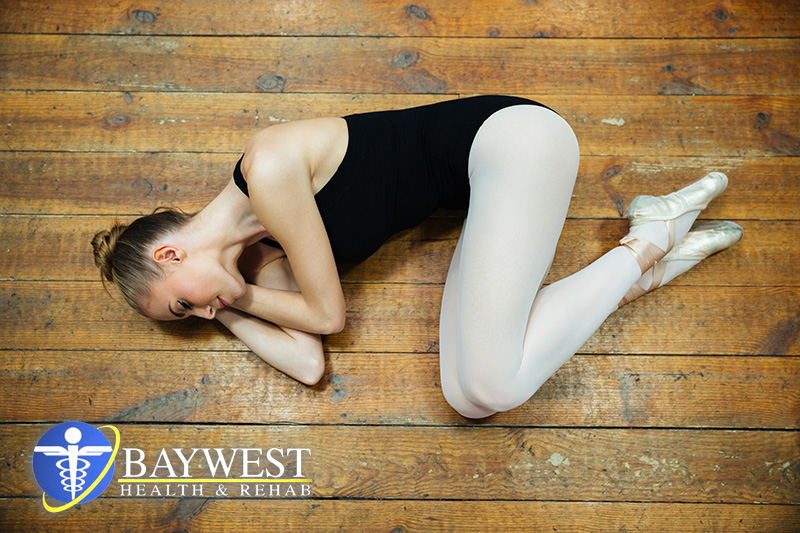 Gymnasts who participate in the Olympics often have some physical abilities that may leave you mesmerized. They display an unbelievable ability to leap, run, jump, flip, twirl, and twist. However, for a gymnast to reach an elite level, then the skills and training they undergo must be exposing them to various injuries.
Gymnasts who participate in the Olympics often have some physical abilities that may leave you mesmerized. They display an unbelievable ability to leap, run, jump, flip, twirl, and twist. However, for a gymnast to reach an elite level, then the skills and training they undergo must be exposing them to various injuries.
Although different studies talk of different overall injury rates, gymnastics in general, makes its athletes more prone to injuries than more than a few sports. Gymnastic injuries vary. For instance, the type of injury a female gymnast would sustain is likely to be different from the type of injury a male gymnast would experience. Various apparatus and events also lead to varied gymnastic injuries.
While male gymnasts are likely to sustain higher levels of upper extremity injuries, their female counterparts are likely to have lower extremity injuries. The upper body dominant skills of the male events make male gymnasts susceptible to wrist and hand injuries. On the other hand, female gymnasts are more likely to suffer from ankle and foot injuries. They mostly suffer from an ankle sprain on three out of four apparatus, unless they are performing on uneven bars, which mostly make the upper body, shoulder, and wrist susceptible to injuries.
Ideally, rates of injury risk always go up among young gymnasts as they progress in skills and hours of training. This is because they tend to spend more time under load in the name of grasping higher level skills. They become more prone to an injury as they produce more force with their maneuvers. During growth plate, wrist injuries become more common among young athletes. As they extend their wrist under load, some forces are transmitted, and this can result in pain as well as injury. Pain or an injury caused in that manner is mainly common among young athletes aged between 10 and 14 years. It is advisable that athletes take proper care at this level so injuries such as wrist injury can be avoided or even managed while at early stages.
Gymnasts become more prone to injuries during competition. This is because they perform the high level skills at higher speed and greater height without the support of crash pads and landing pits, which are normally there in practice. The bad news is, traumatic knee injuries like ACL tears, are the leading cause of surgery, medical disqualification from participation, and long-term away from the sport. Injuries caused by floor routines are the leading mechanism for ACL injury in gymnastics.
Moreover, gymnasts are likely to suffer from other injuries, considering the nature of the sport and the extreme flexibility they need in order to perform. They are likely to suffer from back, although this varies, with the low back pain being in the top 5 most common injuries. Gymnastics also involve constant extension, and this can make gymnasts develop a stress related fracture. Furthermore, gymnasts are likely to suffer from hip instability and impingement syndromes of the hip joint, given that gymnastics involve the extreme range of motion in the hip. Athletes need hours to learn and maneuver; thus, are susceptible to gradual overload and overuse injuries.
To conclude, we can say that injury levels among gymnastic athletes greatly differ. However, the sport makes some areas more prone to injuries, and these include ankle and foot among females; and wrist and hand among males. We can also hold that knee sprains are the leading cause of time lost from sports and injuries that need surgery. Ideally, athletes should be more careful during competition and when progressing from one level to another, as these are stages when injuries are more likely to occur. Some injuries are unique and they are caused by participation. They include low back pain, wrist growth plate, and hip injuries. It is important to understand common injuries caused by participation and specific apparatus, as this can help you come up with ways to prevent these injuries as well as develop rehab programs to help gymnasts successfully participate at their much-needed levels.
